Is it Cliché for PR Pros to say, “Back to Basics?”
By: Sean Lawless
Senior Content Specialist, Global Results Communications
Why the press release is still valuable amid the decline of traditional news and the rapid evolution of content due to TikTok
Whether people are talking about sports or mathematics, one will often hear the expression, “We need to get back to the basics/fundamentals.”
Legendary football coach Vince Lombardi is famous for saying, “Football is two things. It’s blocking and tackling.” The four basic concepts or fundamentals in mathematics are addition, subtraction, multiplication and division.
Almost any subject, activity or skill has core fundamentals – so what are those for public relations? For decades, the answer was always a well-written press release. But, as our attention spans continue to shrink thanks, in part, to the Tik-Tokification of media, is it still correct to say that the bedrock of public relations (PR) is the press release?
Shrinking Attention Spans and the News
It’s no secret that people’s attention spans are shrinking – particularly in the workplace. In fact, research indicates that things like the internet and digital devices have directly affected our ability to focus.
When doing work on a screen, the average attention span was two and a half minutes in 2004. By 2012, it shrank to 75 seconds. In the last five years, the average person’s attention span when performing tasks on a screen is about 47 seconds.
Interestingly, experts posit different types of attention. These are pertinent to any discussion on capturing readers’ focus. Dr. Gloria Mark, a psychologist and the chancellor’s professor of informatics at the University of California Irvine, outlines two types of attention: focused attention and rote activity.
Focused attention occurs when people are engaged and challenged, which peaks at specific times – namely, late morning and mid to late afternoon. Rote activity happens when people are engaged but not challenged, like playing a simple game, reading the news or scrolling through social media. This form of attention is fairly unwavering throughout the day and is perhaps the most relevant to writing press releases for modern audiences.
The Tik-Tokification of Content
An analysis of evolving readers’ attention wouldn’t be complete without TikTok. The numbers speak for themselves: it is the leading social media app among Generation Z, the 5th most downloaded app of all time at 3 billion downloads (the first non-Meta product to do so), and holds the title for the most engaging social media app with an average session length of 11 minutes.
Likewise, the influence of TikTok’s algorithm and “For You Page” (FYP) is undeniable. The success of the FYP has caused all other large social media platforms to create their own short-form video knock-offs. Most notably, YouTube Shorts, Instagram Reels and Snapchat Spotlight have succumbed to Tik-Tokification.
Whether we want to admit it or not, people are becoming conditioned to value content curated for them. In other words, if a press release’s headline does not speak directly to the reader’s unique interests, they will undoubtedly pass it over. In the same way, journalists, constantly flooded with distractions that steal their focus, only have patience for press releases or news stories relevant to the needs and concerns of their readers.
The Timeless Value of a Relevant Press Release
Despite the upheavals in media and the Tik-Tokification of content, the necessity of a well-written press release remains unshaken. A 2021 survey of reporters and journalists which asked a range of questions regarding industry topics, including what they want from PR professionals, showed that the press release is still the number one source of material they rely on and use most.
In 2022, not much changed, with the follow-up survey finding that the media release/alert is the top piece of content journalists are most likely to use. Nevertheless, these surveys did uncover that the battle for readers’ attention is intensifying. Typically, when journalists dismiss information received from PR professionals, nearly 60% do so because it does not align with the target audience of the publication/outlet.
As mentioned earlier, a press release must immediately speak to the journalist’s challenges, desires and interests; otherwise, it will be valueless to their readers. Whether this means that PR professionals need to refine their headline writing skills or positioning of the news, the vanishingly small attention span of the busy journalist and reader must remain top of mind.
Of course, the Tik-Tokification of digital content doesn’t mean that the PR professional must abandon measured, facts-based writing or a more sensational and clickbait style. Instead, they need to take the time to become intimately familiar with the journalist and outlet and write/pitch accordingly.
Let’s Get Back to Basics
The field of traditional journalism is undergoing an enormous transition. And as newsrooms decline and new online niche media grow, it is paramount that the PR industry returns to the fundamentals and delivers content to journalists that their readers will actually read.

